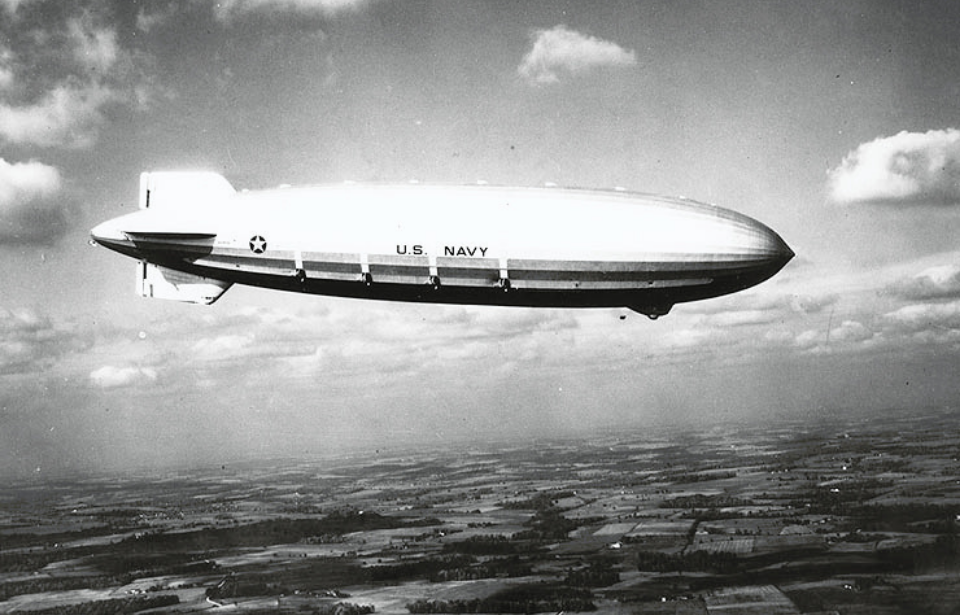Since World War II, aircraft carriers have been a naval staple, due to their ability to carry immense firepower and attack targets hundreds of miles away. Having a runway about to travel anywhere in the world is extremely useful – with that logic, you’d think a flying version would be even better.
Marvel‘s Avengers may have made the concept of a flying aircraft carrier look easy, but, in real life, they’ve remained an elusive system.
The development of airships
It was quickly realized that airships were extremely vulnerable. They required a small group of fighter aircraft to fend off enemy planes attempting to shoot them down. It was then thought that, instead of having aircraft fly with the airships, they should carry their own fighters that could be deployed when needed.
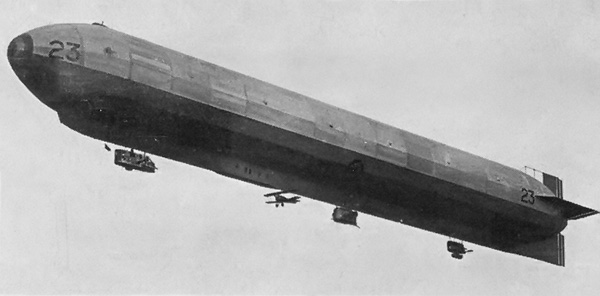
Britain made the first attempt with the HMA Airship No. 23, a 163-meter-long airship capable of a maximum speed of 52 MPH. To start, they slung an unmanned Sopwith Camel biplane under the airship to test their design. Following its success, they tried it again, this time with a manned Camel, and later with two more manned biplanes.
The US followed suit with its 239-meter-long Akron-class of airships. They had already conducted similar experiments to the British with a German-made airship, but the Akron-class was purposely built to carry aircraft. Internal hangars were built to accommodate a group of Curtiss F9C Sparrowhawk biplane fighters, launched and recovered via a specifically made “trapeze” system.
The aircraft were lowered below the airship and detached while it was in flight, allowing them to operate independently and defend the mothership. When they returned, pilots lined their biplanes up and attached them to a T-shaped recovery mechanism that then lifted them inside.
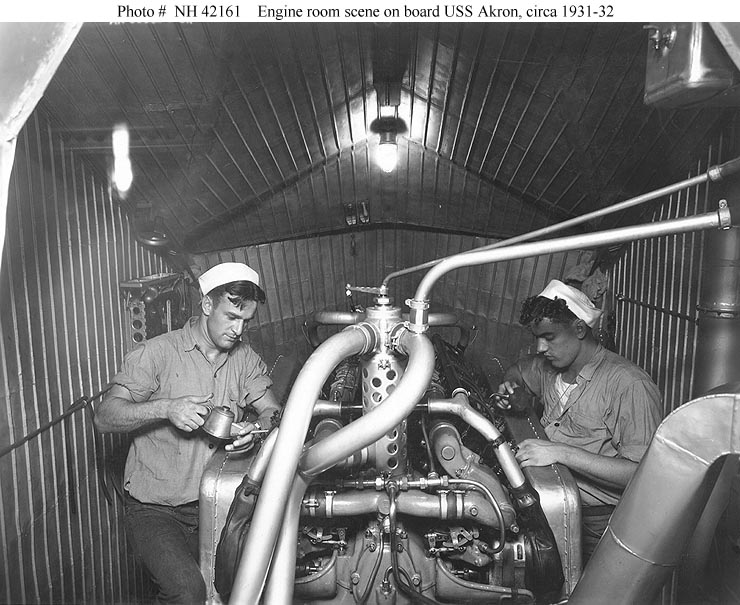
The two Akron-class airships – USS Akron and USS Macon – were both destroyed by storms. Akron’s destruction holds the record for the greatest loss of life in any airship crash.
Aircraft
Airships proved to be a highly impractical weapon of war, and were eventually replaced by conventional aircraft. However, the concept of the flying aircraft carrier was not forgotten.

The Soviets saw some success with their Zveno project, in which a Tupolev TB-1 or TB-3 carried between two and five parasite fighters atop its wings. Visually, the arrangement looked extremely odd. A TB-3 equipped with two Polikarpov I-16 fighters was actually used in combat against the Germans during WWII. Each fighter carried two 250-kilogram bombs and performed quite well in their role as parasite fighters.
Since then, there have been more plans drawn up to achieve the dream of a flying aircraft carrier, but none have entered service.
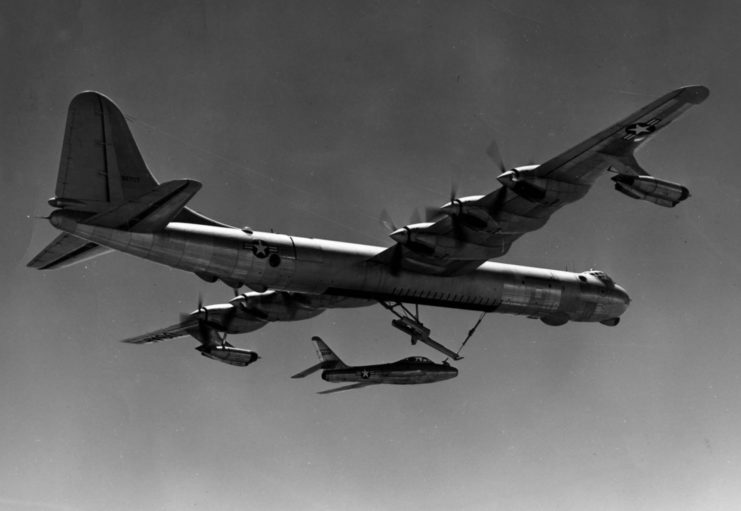
One of the more notable attempts was with the enormous Convair B-36 “Peacemaker” bomber, which the US thought about turning into a flying aircraft carrier. Two versions of this were looked into. One was with a single RF-84 Thunderflash in the B-36’s bomb bay, while the other included four XF-85 Goblin fighters. Each fighter could have been refueled and rearmed by the mothership.
The US also looked into wing tip docking between bombers and fighters to extend the range of their escorts. This was successfully achieved a number of times, with two F-84s docking on the wing tips of a B-29 Superfortress. All of these tests were performed by the pilots in manual control of their aircraft.
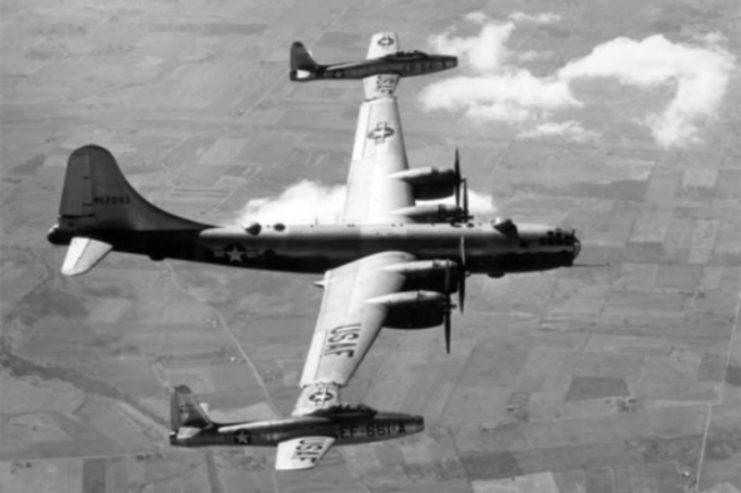
Eventually, it was decided an experiment would be conducted with an automatic flight control system for the docked fighters. Republic prepared a system for testing in 1953. In one of these tests, an F-84 docked onto the B-29’s left wing tip and the pilot activated the automatic control system. Instantly, the aircraft flipped over onto the B-29’s wing, causing both aircraft to crash. The F-84’s pilot was killed, as was the entire crew of the B-29.
Further studies have been done into the idea, but no one has managed to successfully create a practical, working flying aircraft carrier. There is still interest in the idea, but with the mothership launching and recovering drone aircraft.
